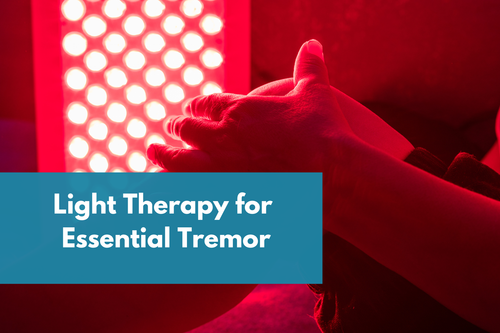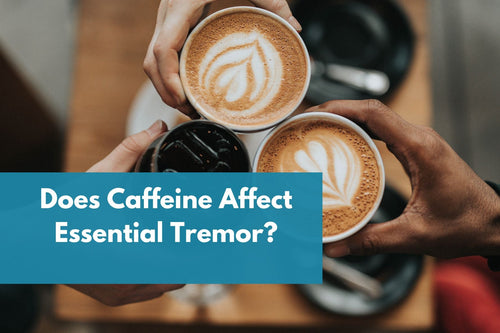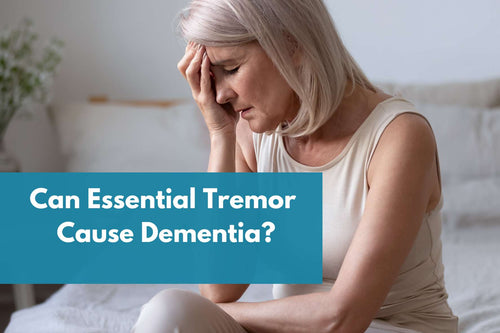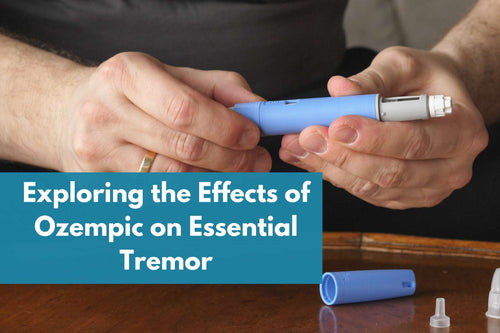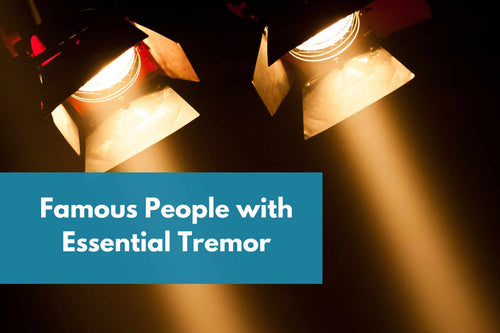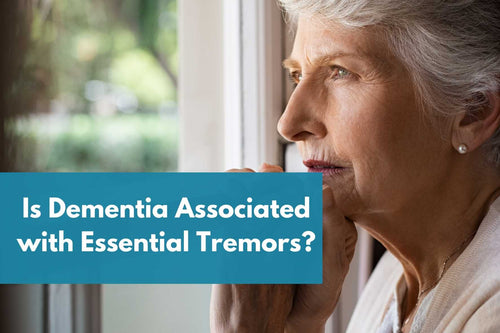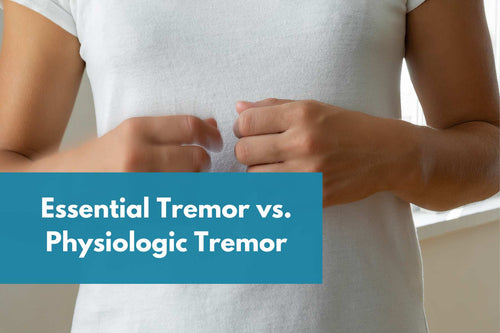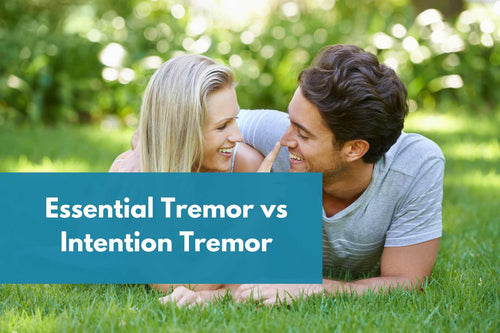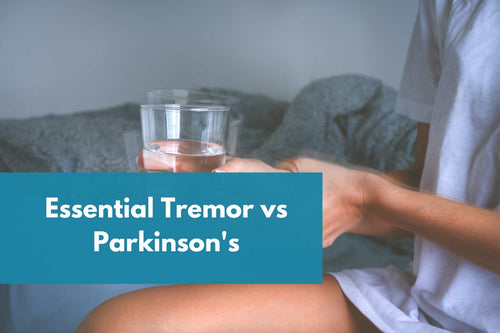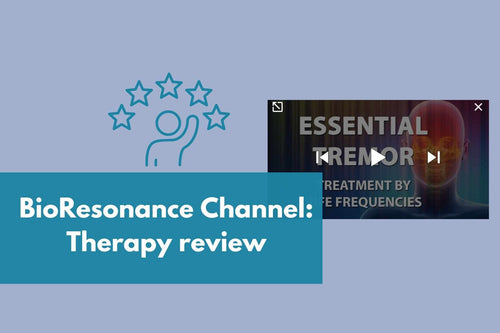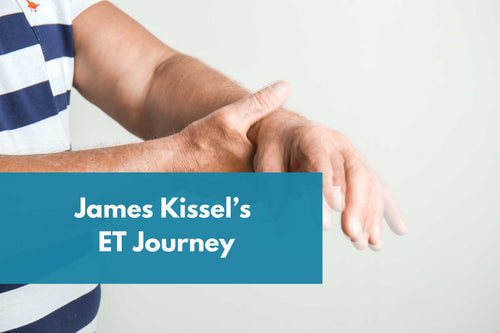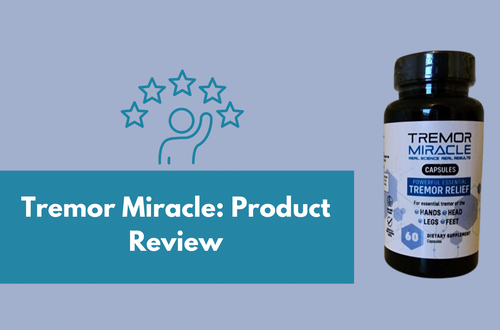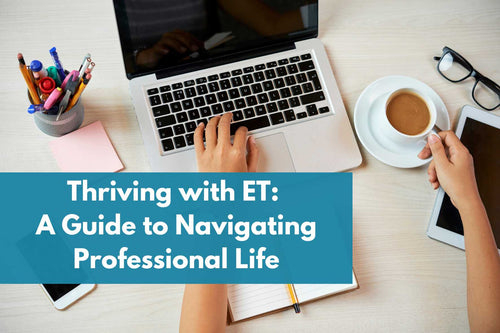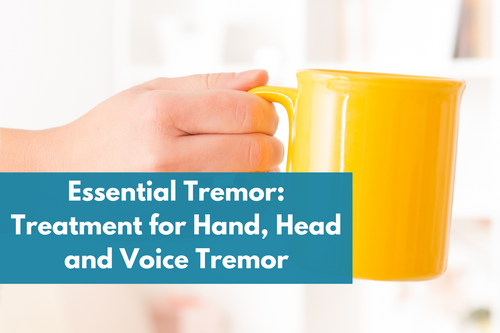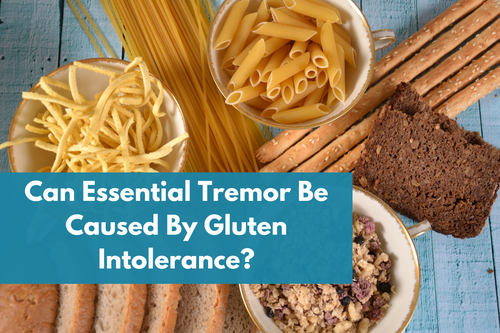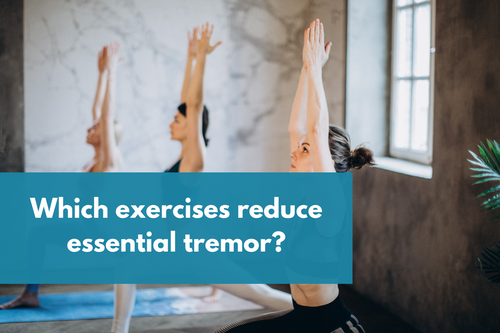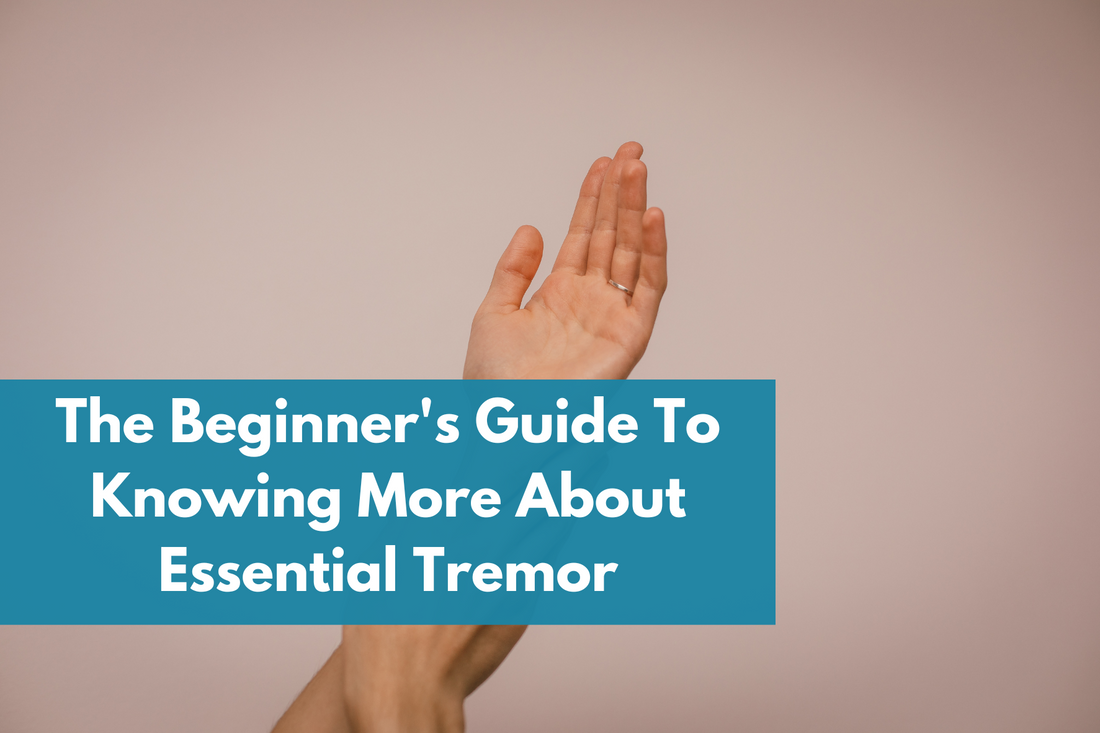
Essential Tremor: The Beginner's Guide To Knowing More About Essential Tremor
Share
Essential tremor (ET) is a common neurological disorder characterized by uncontrollable shaking in many regions of the body, most notably the hands. It is the most prevalent kind of movement disorder, and it is a progressive condition that affects over 60 million individuals across the world. Everyone has some degree of tremor, although the motions are normally imperceptible since the tremor is so little. An essential tremor is a condition in which tremors are visible. ET is more frequent in persons over the age of 65, although it may affect anybody. Because the illnesses may have distinct symptoms and respond differently to treatments, some experts have advocated classifying ET which begins earlier in life as essential tremor, and ET which occurs later in life as age-related tremor.
Symptoms of essential tremor
Symptoms of ET can vary from person to person and can range from mild to severe. The most common symptom is a fine, rhythmic shaking of the hands, which can make it difficult to perform everyday tasks such as writing, eating, or even dressing. The shaking can also occur in the head, voice, legs, and other parts of the body. Trembling, particularly of the hands, is the most common sign of essential tremor. The person is unable to control this movement, which has a repetitive pattern. It might be up and down or side to side.
Many people link tremors with Parkinson's disease, however, the two disorders are fundamentally different:
- Tremor occurrence: Essential tremor of the hands generally occurs when you use your hands; it is more noticeable while you are doing something and not at rest. Parkinson's disease tremors are most noticeable when your hands are at your sides or resting on your lap.
- Tremor frequency: (how rapidly the tremor shakes) may decrease as a person ages, but the intensity may increase, impairing the individual's ability to do particular everyday duties or activities. Tremors can be triggered or exacerbated by increased emotion, stress, fever, physical weariness, or low blood sugar. Though the tremor can begin at any age, it most commonly develops around adolescence or middle life (between ages 40 and 50). Small doses of alcohol may reduce essential tremor, however, the mechanism is uncertain.
- Conditions that are associated: Although essential tremor is not related to other health issues, Parkinson's disease is associated with bent posture, sluggish movement, and lagging feet when walking. People with essential tremors, on the other hand, may acquire additional neurological indications and signs, such as an unsteady gait.
- Affected areas of the body: ET mostly affects your hands, head, and speech. Parkinson's disease tremors often begin in the hands and can spread to the legs, chin, and other regions of the body.
Causes of essential tremor
Approximately half of all instances of essential tremor, also known as familial tremor or hereditary tremor, are handed down through families and are considered to be caused by a combination of genetic abnormalities. The particular genetic modifications in action are unknown.
Tremor is typically inherited as a dominant feature. This means that to develop the tremor, you only need to inherit the gene from one parent. It usually begins in early middle age, but it can appear in persons of any age, including infants.
Risk factors associated with essential tremor
The likelihood of acquiring essential tremor rises with age, although it can affect anybody, even youngsters.
There might be a connection between essential tremor and:
- The usage of certain medication
- Toxin exposure, such as lead and mercury
- Hyperthyroidism (An autoimmune disease where the thyroid gland makes too much thyroid hormone usually caused by smoking)
- Dystonia (A movement disorder in which muscles contract spontaneously)
- Parkinson's disease
Some specialists believe that patients with essential tremor are more likely to acquire other neurological diseases such as Parkinson's disease and hearing loss, especially if the tremor develops beyond the age of 65.
Some factors that aggravate essential tremor, such include:
- Fatigue
- Anxiety and stress
- Excessive caffeine use
- Smoking
- Environmental conditions (extreme weather such as very cold and hot regions)
Diagnosis
Diagnosis of essential tremor is based on a physical examination and a review of the patient's symptoms and medical history. There is no specific test for essential tremor, and it can be difficult to distinguish from other conditions such as Parkinson's disease.
Doctors typically do physical examinations and check for certain signs, such as:
- Examine the individual's symptoms
- Inquire about their personal and family medical history
- Inquire about any drug usage.
- Undertake a physical examination and, if necessary, various tests to rule out other conditions
They will also evaluate the individual:
- Tendon reflexes and muscle strength
- gait posture and coordination capacity to perceive certain feelings
To assess the tremor, the doctor may request that the individual:
- Pour and consume water
- Put their fingers up to their nose
- Write
- Draw a circle
Treatment
There are several treatment options available for essential tremor, including medications, lifestyle changes, devices and surgical procedures. Medications such as beta-blockers and anticonvulsants can help reduce tremors, while lifestyle changes such as avoiding triggers such as stress, alcohol, and caffeine may also be helpful.
Prescribed medications such as propanolol and primidone are two medications that are frequently administered to treat essential tremor.
To relieve shaking, propranolol inhibits the activating activity of neurotransmitters. This beta blocker works on average for 50 % of patients but is less successful in eliminating head and speech tremors. It is generally contraindicated in individuals with allergies, asthma, congestive heart failure, or ischemia, and should be taken with caution by insulin-dependent diabetics. These medications may impair exercise tolerance, drop blood pressure or heart rate, worsen depression, and induce impotence. Metoprolol and timolol are some other adrenergic inhibitors with less adverse effects.
Primidone regulates receptor activity. Some primidone users may have an "initial dose experience," in which they have brief symptoms of unsteadiness, dizziness, and nausea at the start of medication. This is generally just temporary. Another typical adverse effect is sedation, which can be decreased by gradually increasing the dose.
Lifestyle modifications
Because some situations might aggravate tremors, the following measures may help reduce tremors:
- Avoiding the use of alcohol and caffeine
- Trying to avoid stressful circumstances whenever possible
- Practicing relaxation exercises such as yoga, breathing techniques, and psychotherapy
- Consult with your doctor to see if any medications you're taking are exacerbating your tremors.
Surgical intervention
In some cases, surgery such as deep brain stimulation (DBS) may be recommended. DBS involves the implantation of electrodes in the brain that send electrical signals to specific areas, helping to reduce tremors. A thalamotomy is another surgical possibility. This procedure entails creating a tiny lesion in the thalamus to inhibit the brain activity that is generating the tremor. Performing this incision solely on a single side of the body can help lessen tremors on that side. Operation over both sides is still not possible due to the risk of severe impairment. However, surgery is typically the final resort of therapy.
In conclusion, essential tremor is a common condition that affects millions of people worldwide. Although there is no cure for the condition, there are a variety of treatment options available that can help manage symptoms and improve quality of life. With proper care and treatment, individuals with essential tremor can lead productive and fulfilling lives. It is important for individuals with essential tremor to work closely with their healthcare provider to develop a personalized treatment plan that addresses their individual symptoms and needs.
Author: Dr. Nyasha Gomo has a bachelor's degree in Medicine from Uzhhorod National University, Ukraine, and four years of experience in the medical field.

